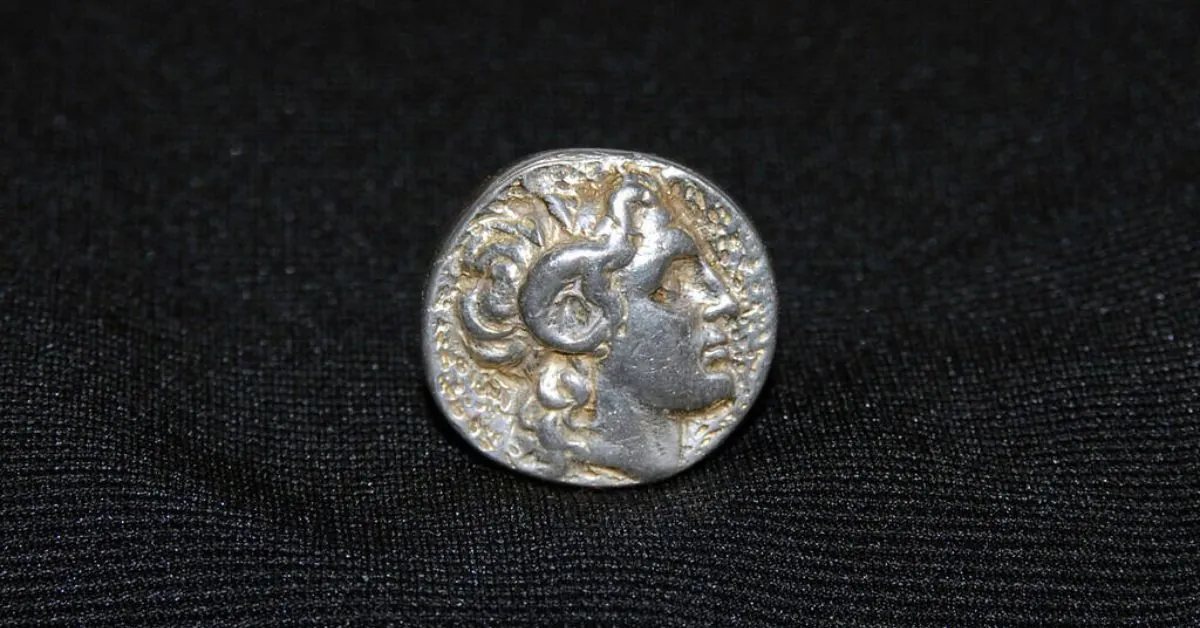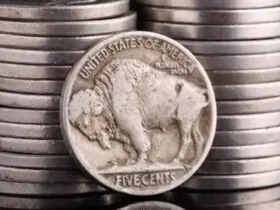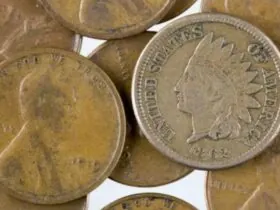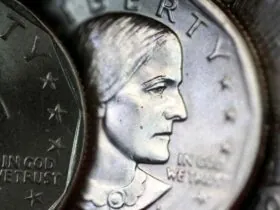In a remarkable turn of events, a 13-year-old boy from Haifa, Israel, made an extraordinary archaeological discovery that has garnered international attention. While hiking near the Khirbet Shalala archaeological site on Mount Carmel, Yair Whiteson stumbled upon an ancient Roman ring that has since been dated to around 1,800 years ago. This discovery is now a part of Israel’s esteemed collection of antiquities.
The Discovery of the Roman Ring
This Article Includes
While on a hike, Yair Whiteson came across a small, green, and heavily corroded object. Initially mistaken for a neglected bolt, closer inspection revealed that it was something far more significant—a ring engraved with a figure. Yair, recognizing what seemed to be a warrior, suspected it could be a valuable historical artifact. Unsure of its importance, Yair’s family reached out to the Israel Antiquities Authority (IAA), where experts soon confirmed the object’s significance.
The ring, which measures just a few centimeters in diameter, features an intricate engraving of a female figure wearing a helmet, holding a shield in one hand and a spear in the other. IAA experts quickly identified the figure as Minerva, the Roman goddess of wisdom and war, who is known as Athena in Greek mythology.
Historical Context of the Ring
The ring was dated to the 2nd or 3rd century CE, during the period of the Roman Empire when the region was part of the Province of Syria Palaestina. This was a time when Roman influence was at its height, and the area now known as Israel was an important part of the empire.
The location of the discovery, near the Khirbet Shalala archaeological site on Mount Carmel, is also significant. The area, which houses a Roman-era mansion and rock quarries, is rich in history, with many artifacts from the time still waiting to be uncovered.
Theories About the Owner
While the exact origins of the ring remain unclear, experts have proposed several theories about its owner. One theory suggests the ring may have belonged to a woman or a girl who lived in the area during the Roman period. The presence of nearby graves at the site raises another intriguing possibility: the ring might have been placed as a burial offering, a common practice in many ancient cultures. However, without definitive evidence, the true story of who owned the ring remains a mystery.
Recognition and Honor for a Young Archaeologist
Yair Whiteson’s keen eye and quick thinking have earned him recognition from the Israel Antiquities Authority. In acknowledgment of his contribution to the discovery of this important artifact, Yair was awarded a certificate of appreciation and given a private tour of the National Archaeology Museum of Israel in Jerusalem. His discovery was a reminder that archaeology often uncovers wonders in unexpected ways—sometimes by the most unlikely of individuals.
As Yair’s family celebrated his achievement, the Israel Antiquities Authority also expressed their admiration for his contribution. “Yair’s recognition of the figure as a warrior is very close to reality,” said Nir Distelfeld, an IAA official. “We reserve a place of honor for him here.”
Yair himself expressed his desire to pursue a career in archaeology, an aspiration that the IAA wholeheartedly supports. “He wants to be an archaeologist in the future,” said Distelfeld, highlighting that Yair’s discovery marks just the beginning of what promises to be an exciting journey.
The Legacy of Unintended Discoveries
Yair Whiteson’s discovery is part of a long tradition of accidental archaeological finds that have shaped our understanding of history. Just as French soldiers stumbled upon the Rosetta Stone in 1799, and Arab teenagers discovered the Dead Sea Scrolls in 1947, Yair’s keen observation and curiosity have added another chapter to this story. The 1,800-year-old Roman ring now joins these remarkable relics, reminding us that the greatest wonders of the past are sometimes discovered by ordinary people, in the most unexpected ways.
Conclusion
Yair Whiteson’s discovery of the 1,800-year-old Roman ring is a testament to the value of curiosity, the power of observation, and the importance of preserving history. While the story of the ring’s original owner may remain a mystery, its journey from the hands of an ancient Roman to the young archaeologist who uncovered it exemplifies how the past continues to shape the future of archaeology. Yair’s passion for discovery is just beginning, and his contribution to the field may inspire many others to follow in his footsteps.







Leave a Reply